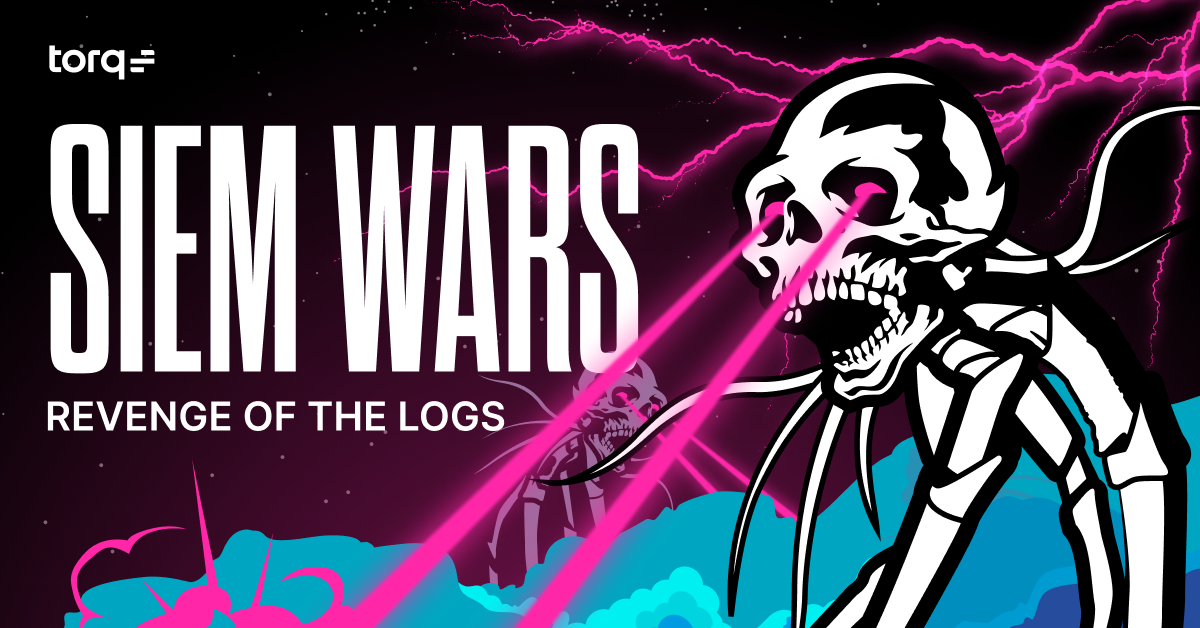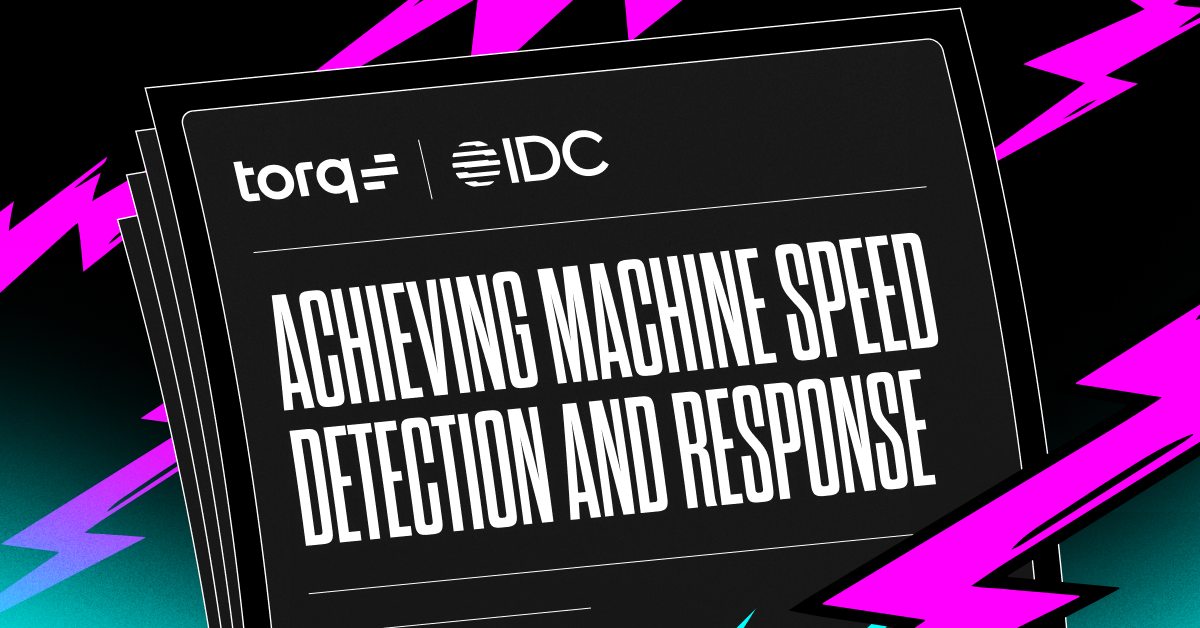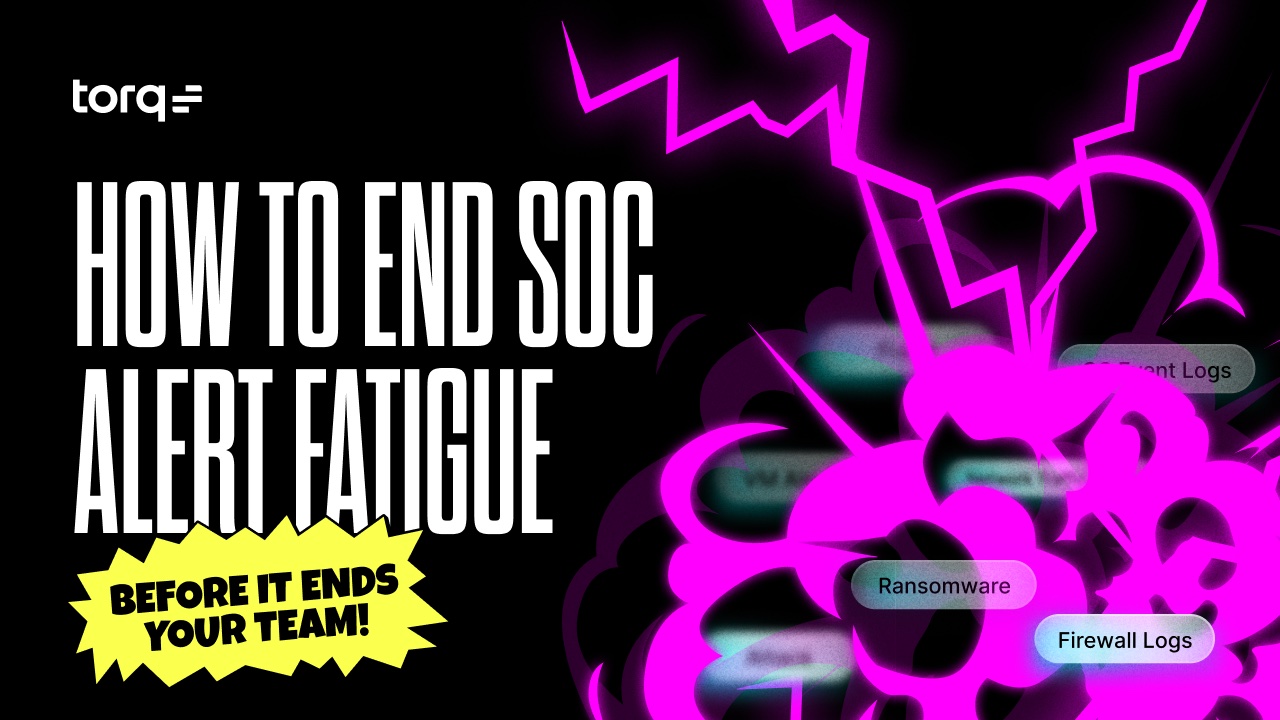Contents
Get a Personalized Demo
See how Torq harnesses AI in your SOC to detect, prioritize, and respond to threats faster.
Industry analysts are calling it: Consolidation or collapse. 2024 saw Cisco’s $28B acquisition of Splunk, followed by Palo Alto Networks acquiring IBM’s QRadar SaaS assets, and LogRhythm and Exabeam’s merger to create an AI SIEM powerhouse.
We’ve seen this time and time again. Legacy security tools get acquired by larger tech companies as more efficient technologies come about. We saw it with antivirus, SOAR, and now SIEM. But here’s the twist: SIEM isn’t going away. Not even close.
Legacy SIEMs are deeply entrenched, housing massive volumes of regulated security logs and powering critical compliance workflows. The shift isn’t about replacing SIEMs — it’s about evolving how security teams use them.
What is a SIEM?
A SIEM (Security Information and Event Management) is a cybersecurity solution that collects, analyzes, and correlates security data from across an organization’s IT environment to detect threats, monitor activity, and support incident response and compliance. A SIEM can:
- Ingest logs from sources like firewalls, endpoints, and applications
- Correlate data to spot suspicious activity
- Generate alerts for potential threats
- Provide dashboards to help analysts investigate
What is SIEM Integration?
SIEM integration means connecting your SIEM to an orchestration and automation layer that amplifies its value without replacing it. Integrating an AI-driven Hyperautomation platform like Torq with your SIEM allows you to automate alerts, enforce policy-driven responses at machine speed, and orchestrate actions across your entire security stack.
The SIEM Struggle is Real
In The Evolution of the Modern Security Data Platform by Francis Odom and Josh Trup, legacy SIEM costs are largely indexed to data volume — meaning the more you ingest, the more you pay. This outdated pricing model is one of the biggest blockers to scaling detection across modern environments.
SIEMs were also built for an on-prem world, not the cloud-native environments we operate in today. As more and more technologies shift to the cloud and SaaS sprawl grows, the volume of logs, events, and alerts increases exponentially.
Top SIEM challenges include:
- Excessive operational cost tied to ingestion and retention
- Alert fatigue and time-consuming manual triage due to excessive noise
- Tool sprawl and integration complexity
- Difficulty scaling across hybrid and multi-cloud environments
- Log retrieval penalties that make data migration expensive
Yet, despite these issues, most teams are not abandoning their SIEMs. Why? Because the cost and compliance risk of a rip-and-replace approach are even higher. This is where the multi-SIEM strategy emerges.
The Rise of the Multi-SIEM SOCs
Rather than choosing one SIEM to rule them all, forward-thinking SOC teams are embracing a multi-SIEM or hybrid SIEM architecture. Sometimes, this shift is born out of necessity, such as after mergers and acquisitions, where multiple SIEMs are bundled with the deal. At other times, it’s driven by a decline in trust in legacy SIEM innovation following industry shakeups and buyouts.
Legacy SIEMs charge by the byte, and with data volumes exploding, the cost to ingest, store, and retrieve logs has become unsustainable. Instead of a risky rip-and-replace, teams strategically minimize what they send to legacy platforms and route the rest elsewhere.
To solve this, a wave of cloud-native, next-gen SIEM alternatives and data platforms has emerged: ETL orchestrators, cloud security data lakes, and multi-data SIEMs. These tools cleanse, normalize, and route logs more intelligently. Some even decouple analytics from storage to power faster, cheaper real-time detection across hybrid environments.
Even for organizations that keep regulated data on-premises, new logs are increasingly routed to more flexible, lower-cost systems. It’s a smart move — but only if you have a way to connect and orchestrate it all.
Hyperautomation Makes SIEMs Better
Hyperautomation is the key to unlocking the full potential of a modern SIEM strategy. Torq Hyperautomation™ is the AI-driven orchestration layer that sits above your entire SIEM ecosystem. Whether you use one SIEM or several, Torq can connect the dots across tools, teams, and workflows to transform disparate data into actionable intelligence and automated responses.
Once integrated, Torq can:
- Run parallel workflows across multiple SIEMs
- Automate triage, investigation, and response across platforms
- Reduce alert fatigue without disrupting existing operations
- Build and deploy SIEM automations with drag-and-drop or natural language
- Use Torq HyperSOC™ to auto-generate and resolve 95% of Tier-1 cases with agentic AI
Check Point SIEM and Torq Hyperautomation Integration Story
Check Point’s security team was in alert overload — not due to a lack of tooling, but because their SIEM was generating more noise than their lean SOC could handle. With a 30–40% manpower gap, traditional triage and manual response weren’t sustainable.
Unlike legacy SOAR tools, Torq didn’t require Check Point to overhaul its SIEM or change how data was collected. Instead, Torq integrated directly into its existing SIEM infrastructure, ingesting and analyzing alerts. Within days, Check Point had deployed more than two dozen automated playbooks that operate natively across its security stack.
With Torq’s intelligent orchestration layer acting on SIEM-generated alerts — from triggering MFA to locking suspicious accounts — Check Point transformed a high-volume, high-fatigue environment into a streamlined, autonomous SOC.
“With Torq HyperSOC, we can react automatically to problems before they become security incidents.”
Jonathan Fischbein, CISO, Check Point
Read Check Point’s full SOC transformation story here >
The Future: Autonomous SOCs Powered by AI + SIEM
The SIEM space is evolving fast. But legacy contracts, compliance requirements, and data gravity aren’t going away tomorrow. The future isn’t about replacing your SIEM. It’s about operationalizing it with AI.
With Torq, you can:
- Connect any SIEM (or all of them)
- Orchestrate security automation across platforms
- Transform log overload into real-time response
- Move toward an autonomous SOC without sacrificing control
Want to learn more about adopting AI in the SOC? Get the AI or Die manifesto to learn how to think strategically about AI in SecOps — from data privacy to AI hallucinations.







